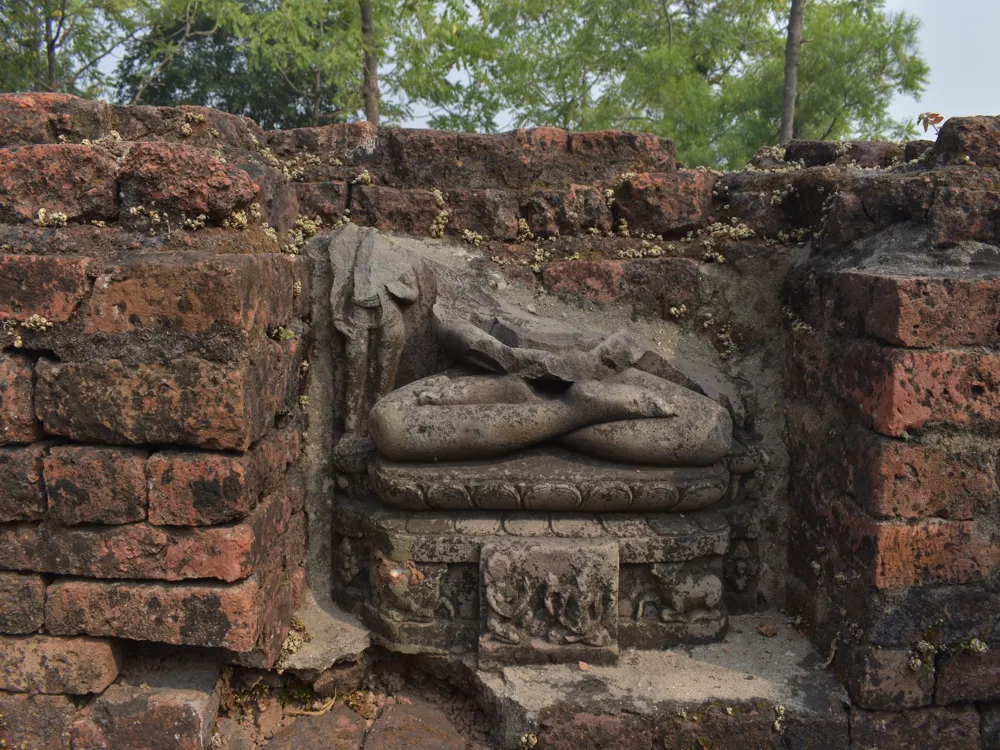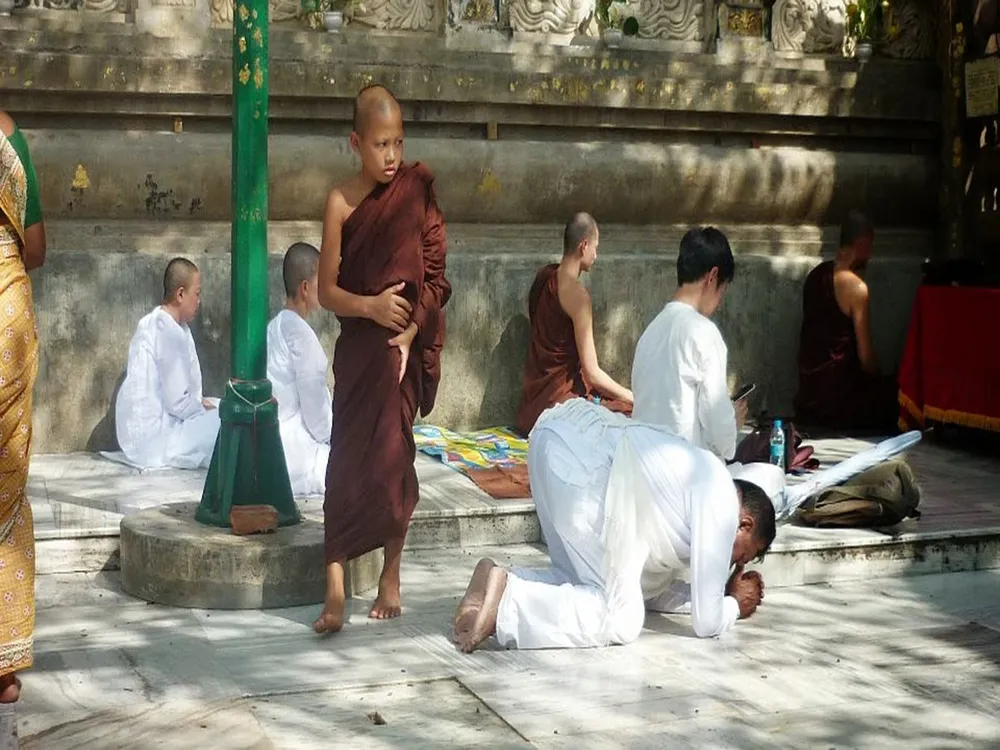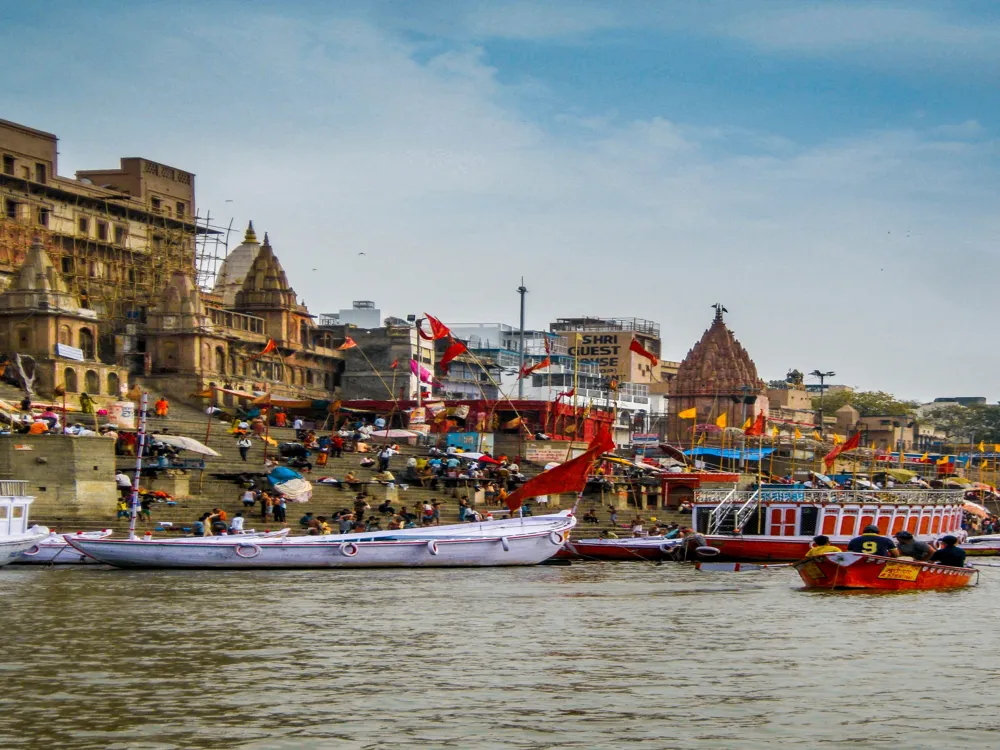Sitamarhi, a significant city in the Indian state of Bihar, is steeped in historical and cultural richness. Located in the northern part of Bihar, it is widely recognized for its religious and mythological importance, particularly in Hindu mythology. Sitamarhi is traditionally believed to be the birthplace of Sita, the central character of the epic Ramayana, and is thus revered as a site of great spiritual significance. The city's history dates back to ancient times, and it has been a witness to various historical and mythological events. Sitamarhi's landscape is dotted with numerous temples, ashrams, and historical sites, each telling a unique story of the past. The blend of history, culture, and spirituality makes Sitamarhi a fascinating destination for both pilgrims and tourists. Apart from its mythological significance, Sitamarhi also plays a vital role in the socio-economic landscape of Bihar. It's an emerging hub for education and trade, contributing significantly to the state's cultural and economic fabric. The city's traditional markets and local handicrafts offer a glimpse into the rich cultural heritage of Bihar. The region around Sitamarhi is characterized by a diverse topography, featuring a mix of riverine plains and gentle hills. The climate of Sitamarhi is tropical, with marked variations in temperature and rainfall throughout the year. This climatic diversity contributes to the area's unique agricultural and natural biodiversity. The architectural legacy of Sitamarhi is a testament to its rich historical and cultural heritage. The city's architecture is characterized by a blend of ancient and modern styles, reflecting the various cultural influences that have shaped the region over centuries. One of the most prominent architectural landmarks in Sitamarhi is the Janaki Temple, dedicated to Goddess Sita. The temple showcases traditional Hindu architectural elements, with intricate carvings, towering spires, and a magnificent central dome. The temple's design is reflective of the ancient Vastu Shastra principles, harmonizing the structure with the natural elements. Another significant architectural site is the Haleshwar Sthan, an ancient temple dedicated to Lord Shiva. This temple stands out for its unique blend of Mauryan and Gupta architectural styles. The temple complex is adorned with detailed stone carvings, depicting various deities and mythological scenes. Apart from religious architecture, Sitamarhi also boasts of colonial-era buildings that exhibit British architectural influences. These structures, built during the British Raj, stand as relics of the colonial past, with their Victorian-style design and robust construction. The rural areas of Sitamarhi display a different architectural style, characterized by traditional mud houses with thatched roofs. These houses, built using local materials, are a reflection of the sustainable architectural practices prevalent in rural Bihar. They offer insights into the lives and traditions of the local communities, who have lived in harmony with their natural surroundings for generations. The ideal time to visit Sitamarhi is between October and March, when the weather is pleasant, with cooler temperatures and minimal rainfall. This period is perfect for exploring the city's temples and historical sites. Visitors should respect the local customs and traditions, especially when visiting religious sites. Dress modestly, remove shoes before entering temples, and always seek permission before taking photographs of people or religious ceremonies. Sitamarhi offers a variety of local delicacies. Must-try dishes include litti-chokha, a traditional Bihari food made from roasted dough balls filled with spiced gram flour, served with mashed vegetables. Street food vendors also offer a variety of snacks like samosas and jalebis. There are various accommodation options in Sitamarhi, ranging from budget lodges to more comfortable hotels. It's advisable to book in advance, especially during peak pilgrimage seasons. Sitamarhi is well-connected by road and rail, making it easily accessible from major cities in Bihar and neighboring states. The nearest airport is in Patna, from where one can take a taxi or bus to Sitamarhi. The city has its own railway station, Sitamarhi Junction, which is well connected to major cities like Delhi, Kolkata, and Patna. Regular bus services also link Sitamarhi with other major cities and towns in Bihar. Read More:Overview of Sitamarhi, Bihar
Architecture of Sitamarhi
Tips When Visiting Sitamarhi
Best Time to Visit
Local Etiquette and Customs
Food and Cuisine
Accommodation
How To Reach Sitamarhi
Sitamarhi
Patna
Bihar
NaN onwards
View patna Packages
Patna Travel Packages
View All Packages For Patna
Top Hotel Collections for Patna

Private Pool

Luxury Hotels

5-Star Hotels

Pet Friendly
Top Hotels Near Patna
Other Top Ranking Places In Patna
View All Places To Visit In patna
View patna Packages
Patna Travel Packages
View All Packages For Patna
Top Hotel Collections for Patna

Private Pool

Luxury Hotels

5-Star Hotels

Pet Friendly
















